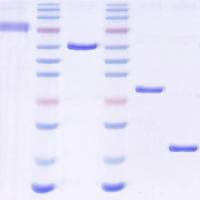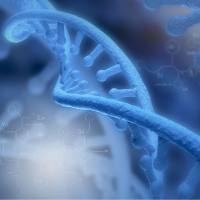Microarray-Based CGH in Cancer
互联网
803
The detection of chromosome imbalances in malignancies has been a popular and useful approach in understanding key genetic loci and the molecular pathways of carcinogenesis. Alterations in gene dosage constitutes a major mechanism that leads to an imbalance in the gene products of oncogenes or tumor suppressor genes, resulting in the loss of normal cell division. One of the more robust technologies employed for determining alterations in gene dosage has been termed “comparative genomic hybridization” (CGH). CGH is a method that measures relative DNA copy differences between hybridized test DNA labeled with one fluorophore and reference DNA labeled in a spectrally distinct fluorophore. It was developed over a decade ago by Kallioniemi et al., who applied it to the study of copy number changes, in cancer cell lines and bladder tumors (1 ). Two limitations of CGH technology are the inability to detect balanced changes, such as translocations and inversions, and the necessity for tumor purity (≥80%). Collectively, CGH studies done over the past decade have demonstrated that certain regions are more frequently altered. Moreover, the patterns of alterations seen in different cancers are not the same. As tumors progress, the frequency of copy number changes increase so that as much as 50% of the genome of solid tumors can be aberrant. Most of these changes are secondary effects because of the cell’s inability to replicate and segregate its chromosomes in a normal fashion.









